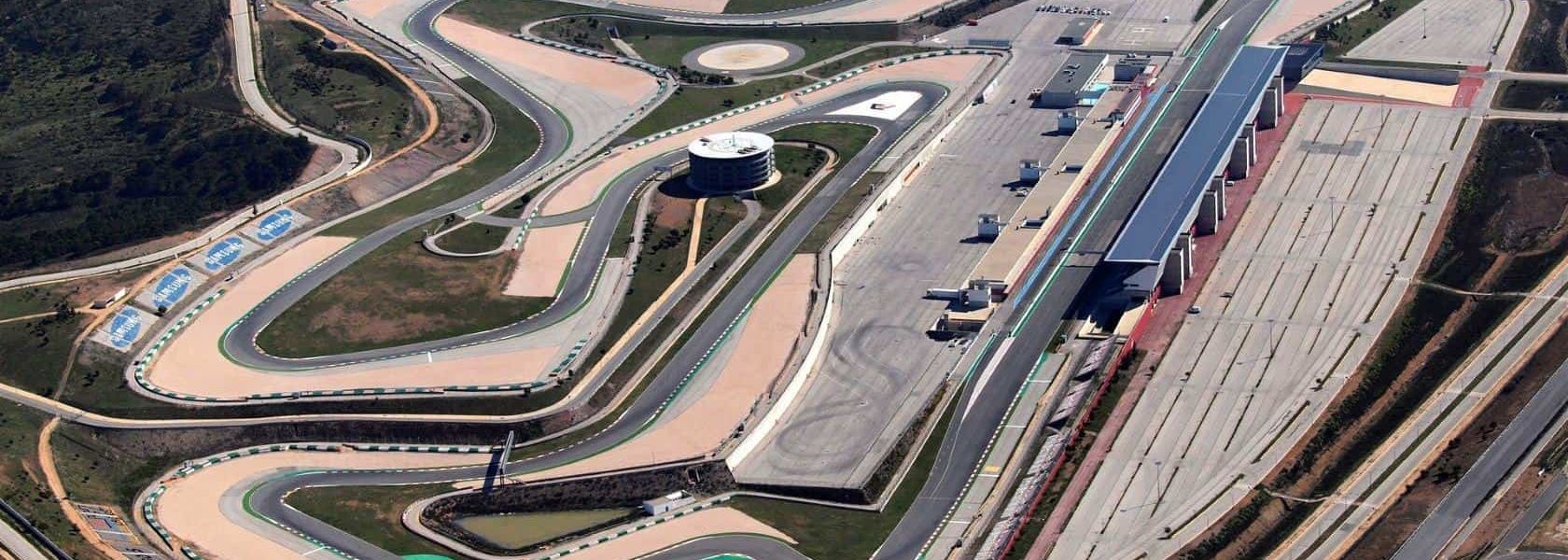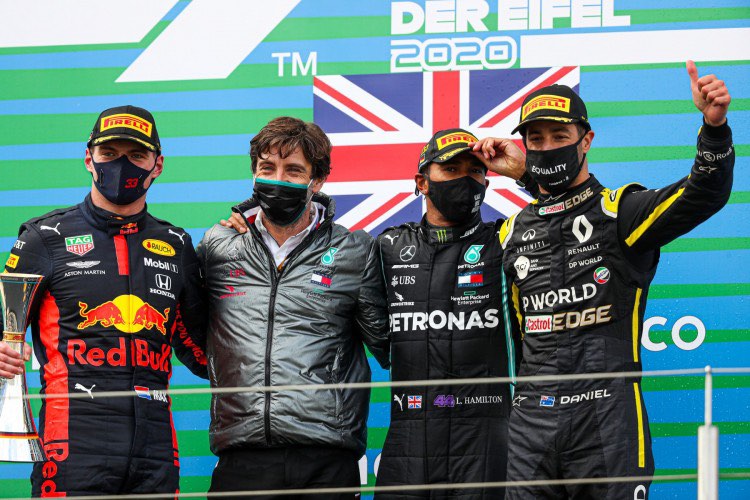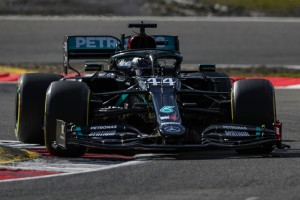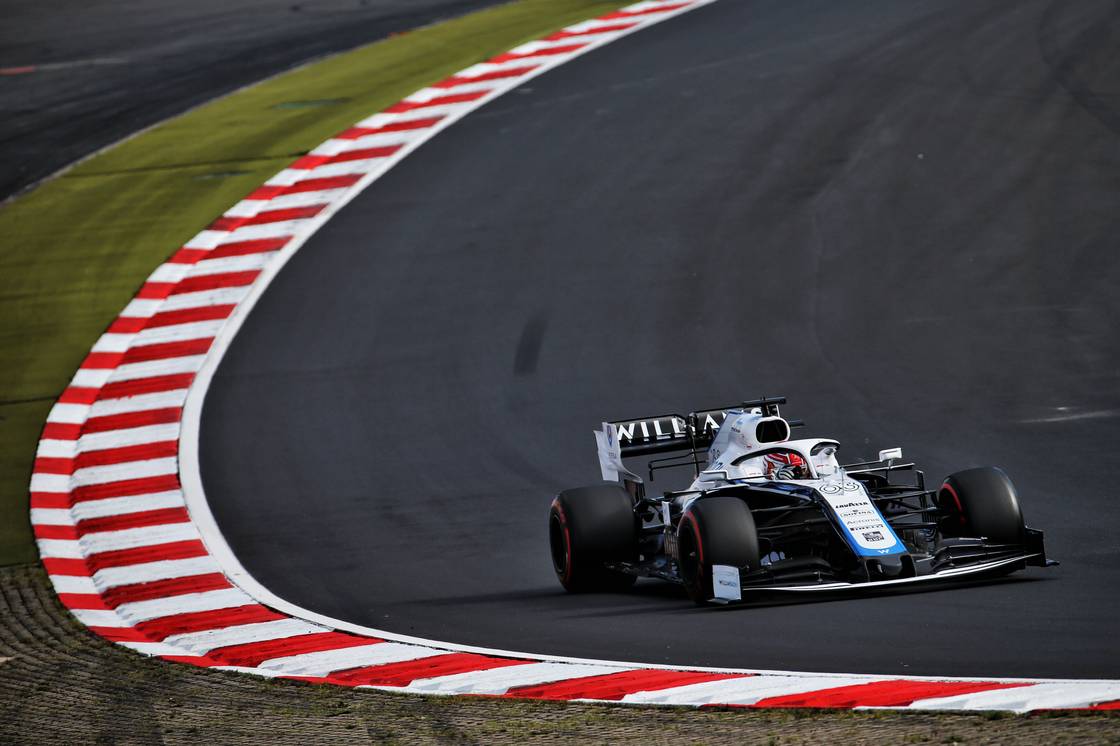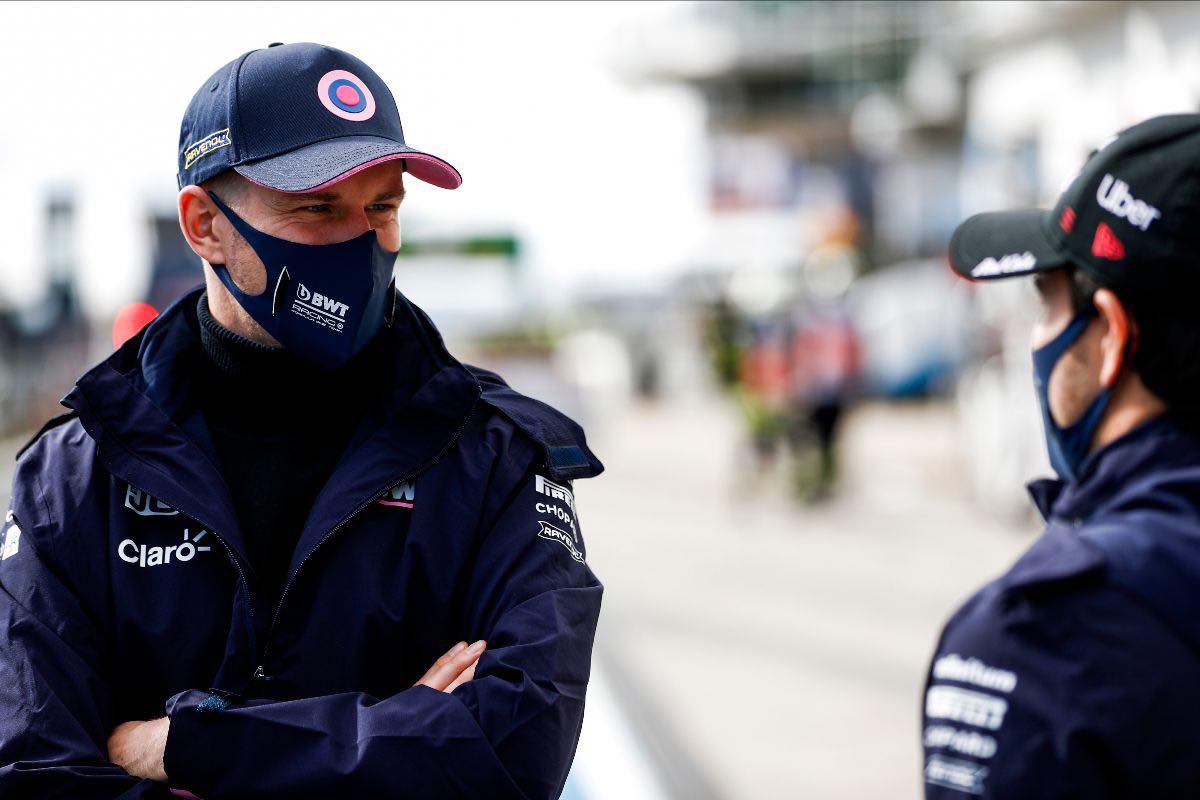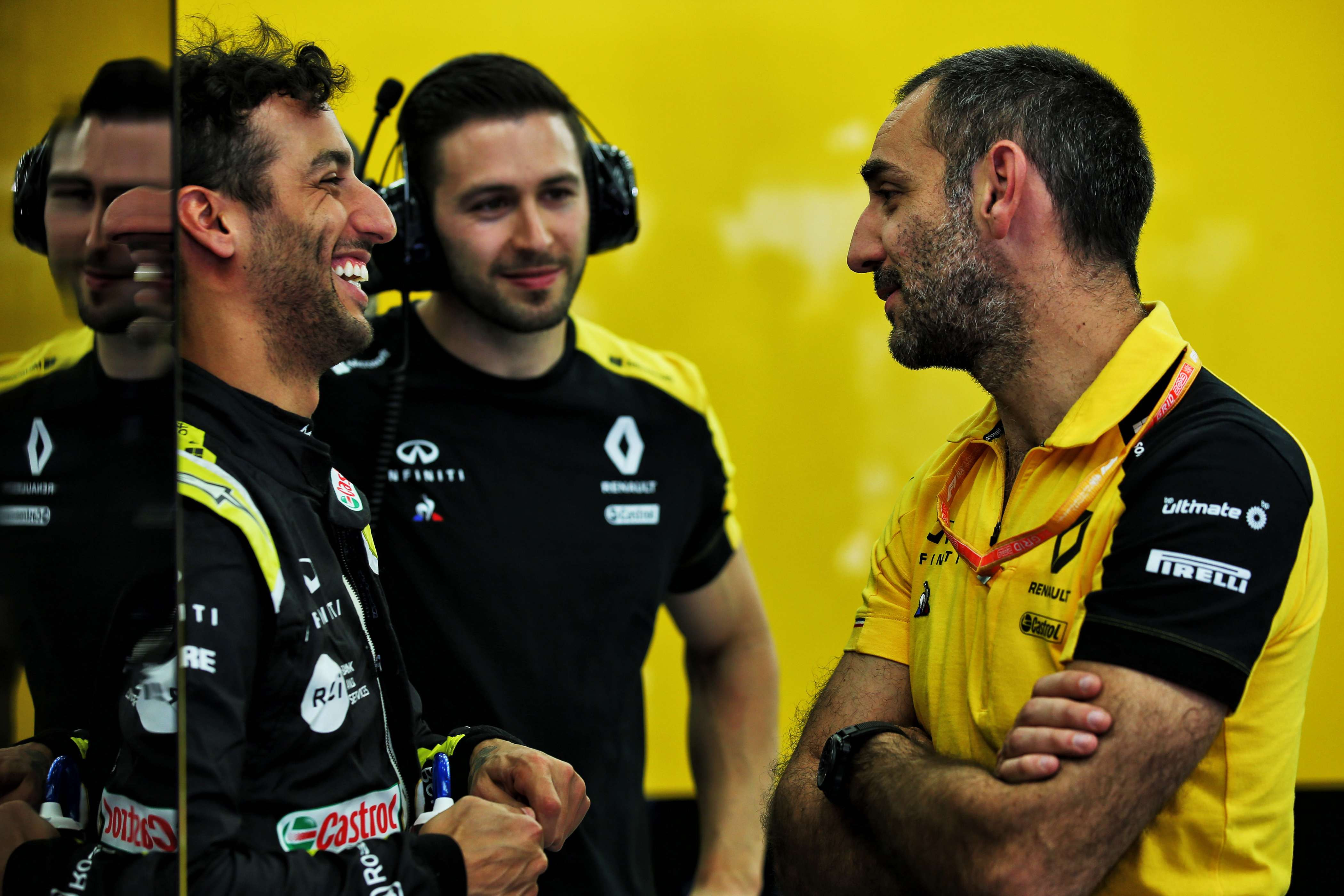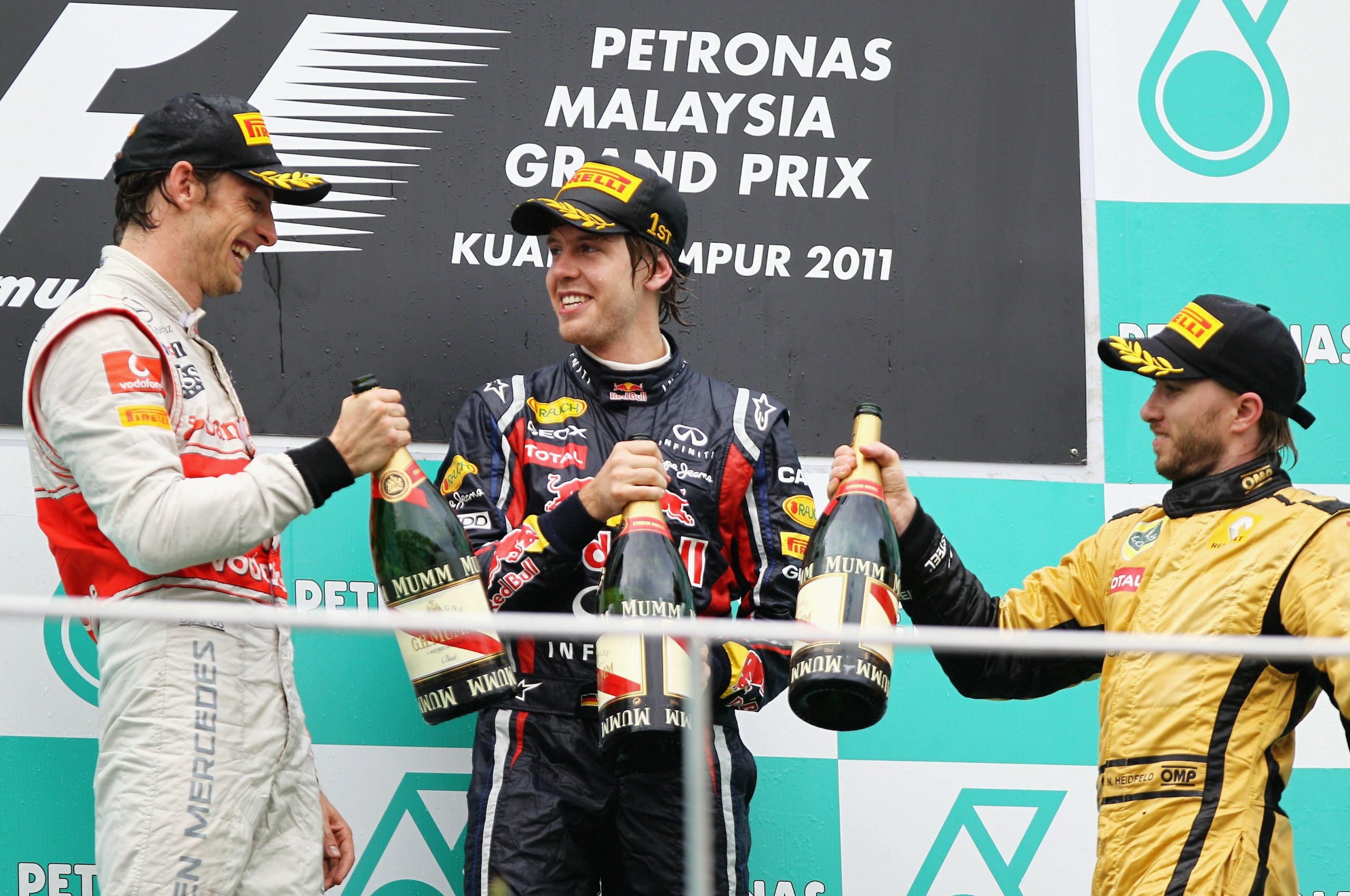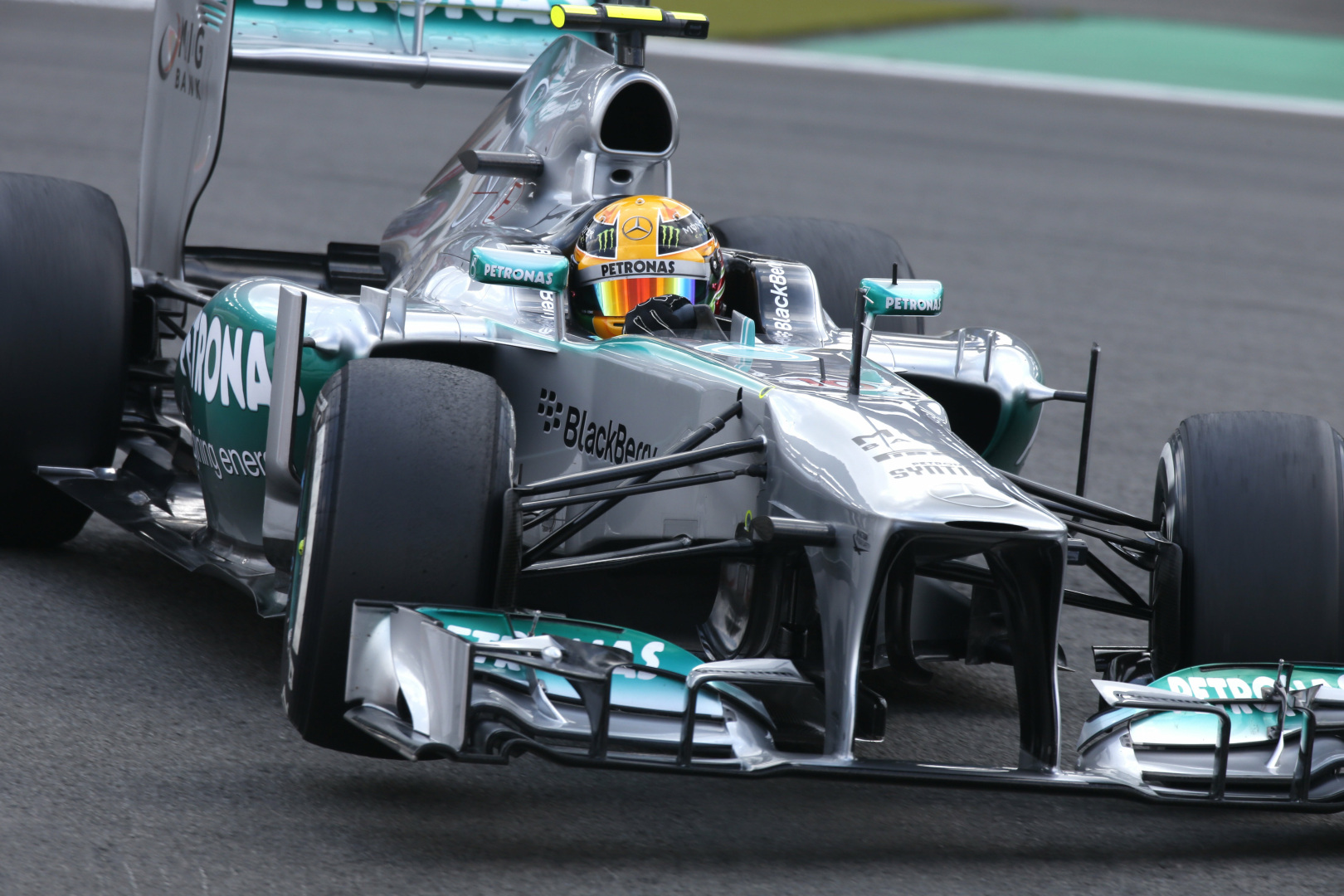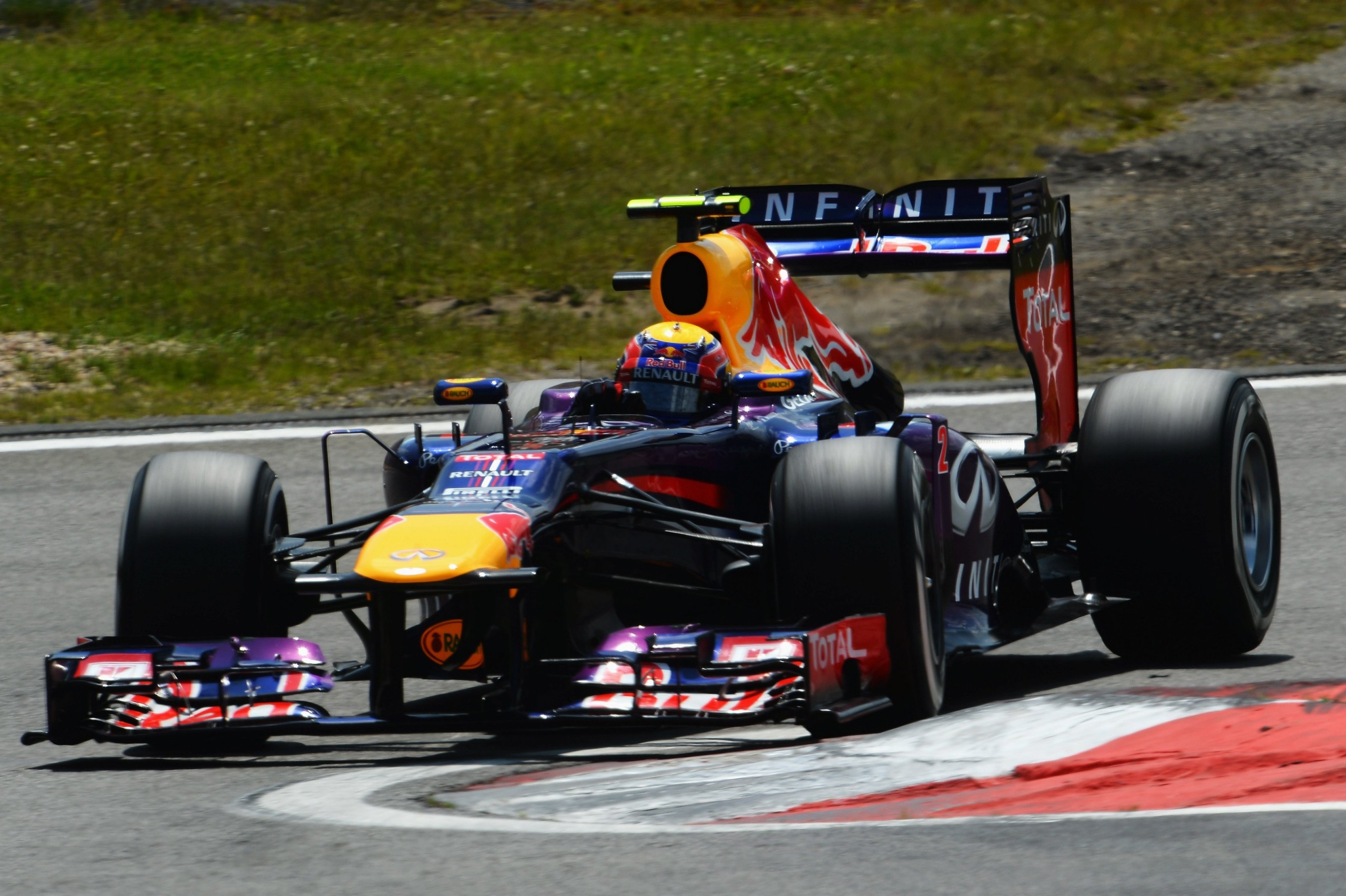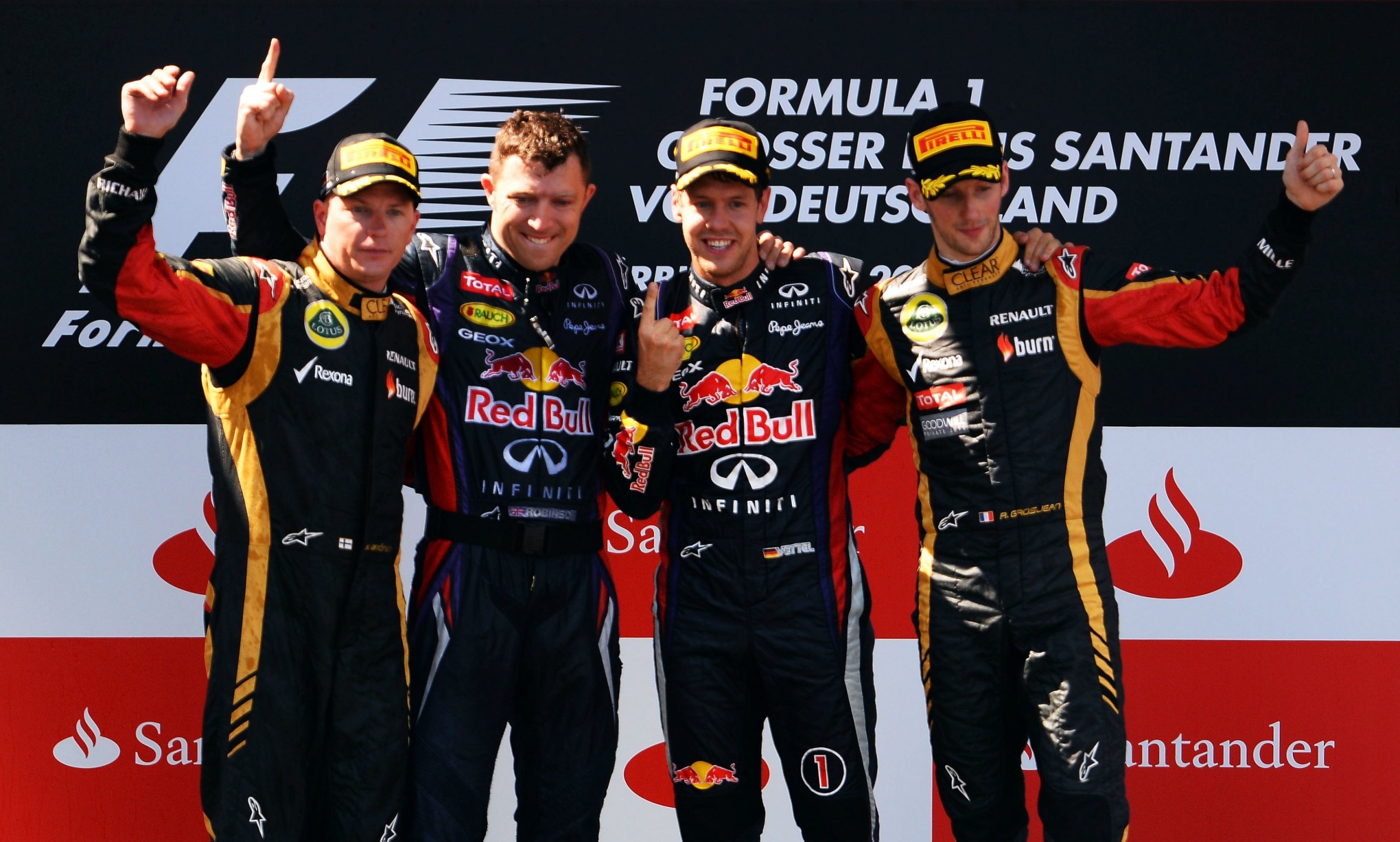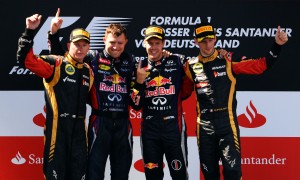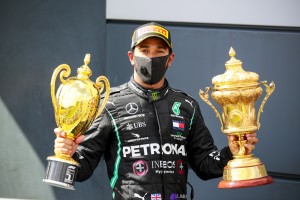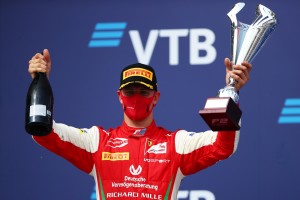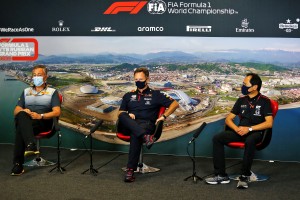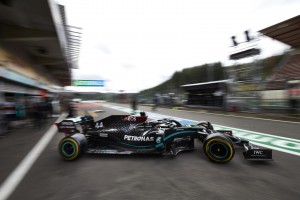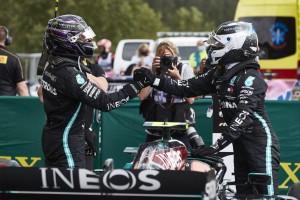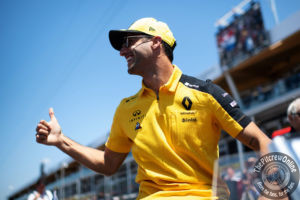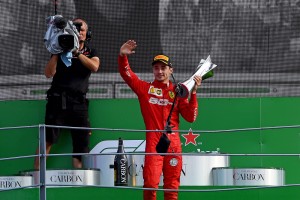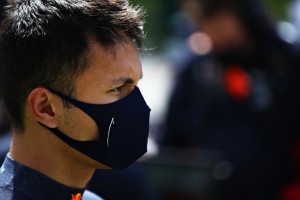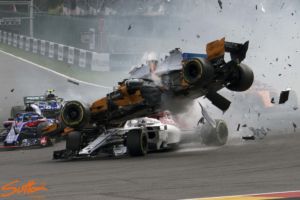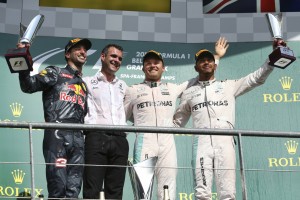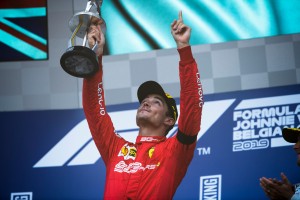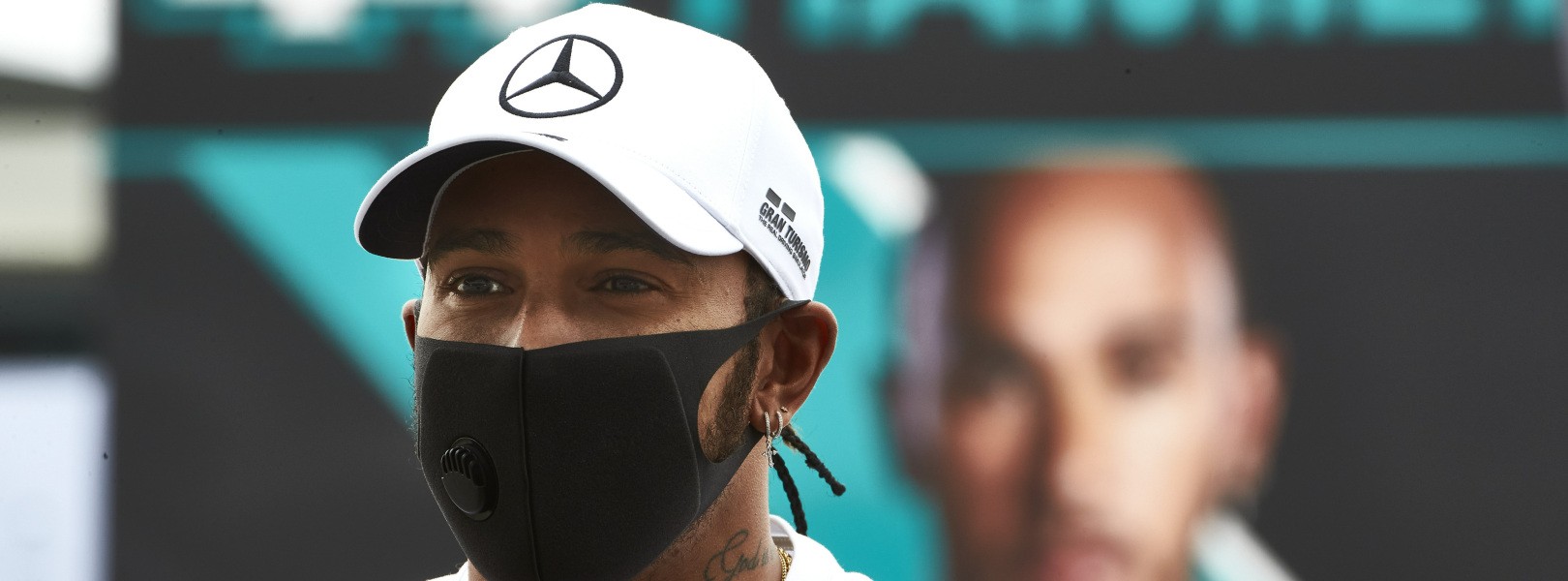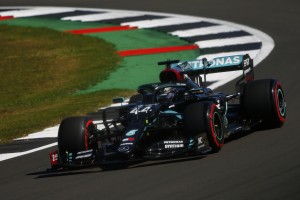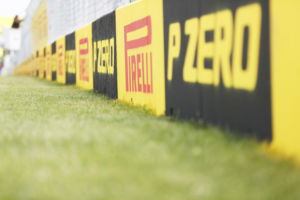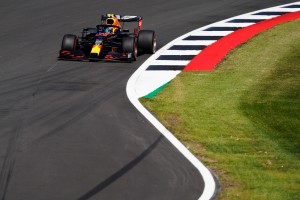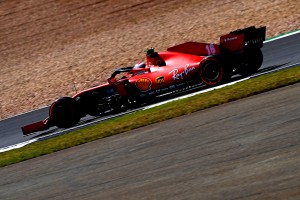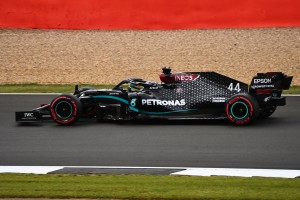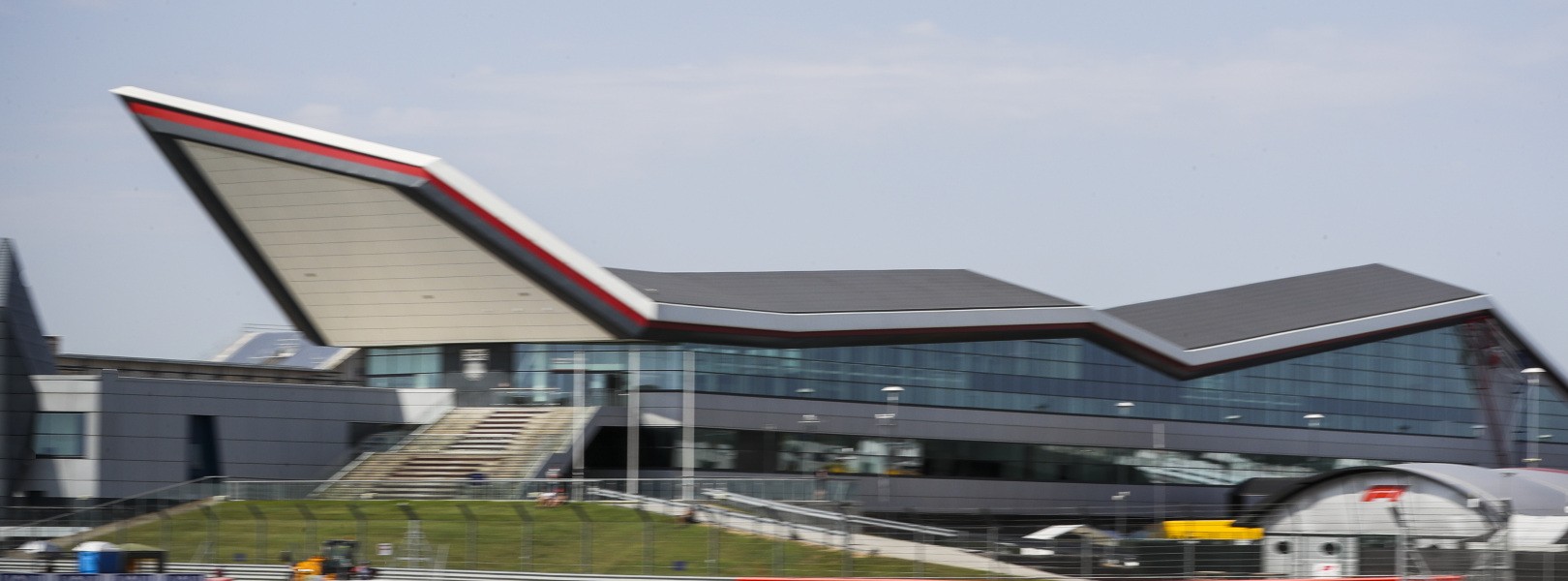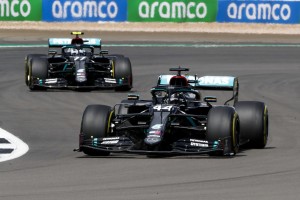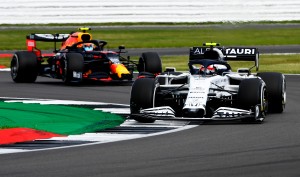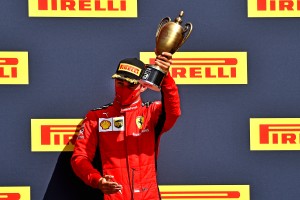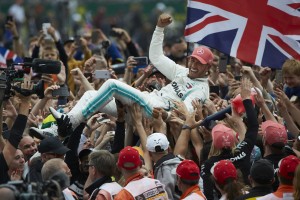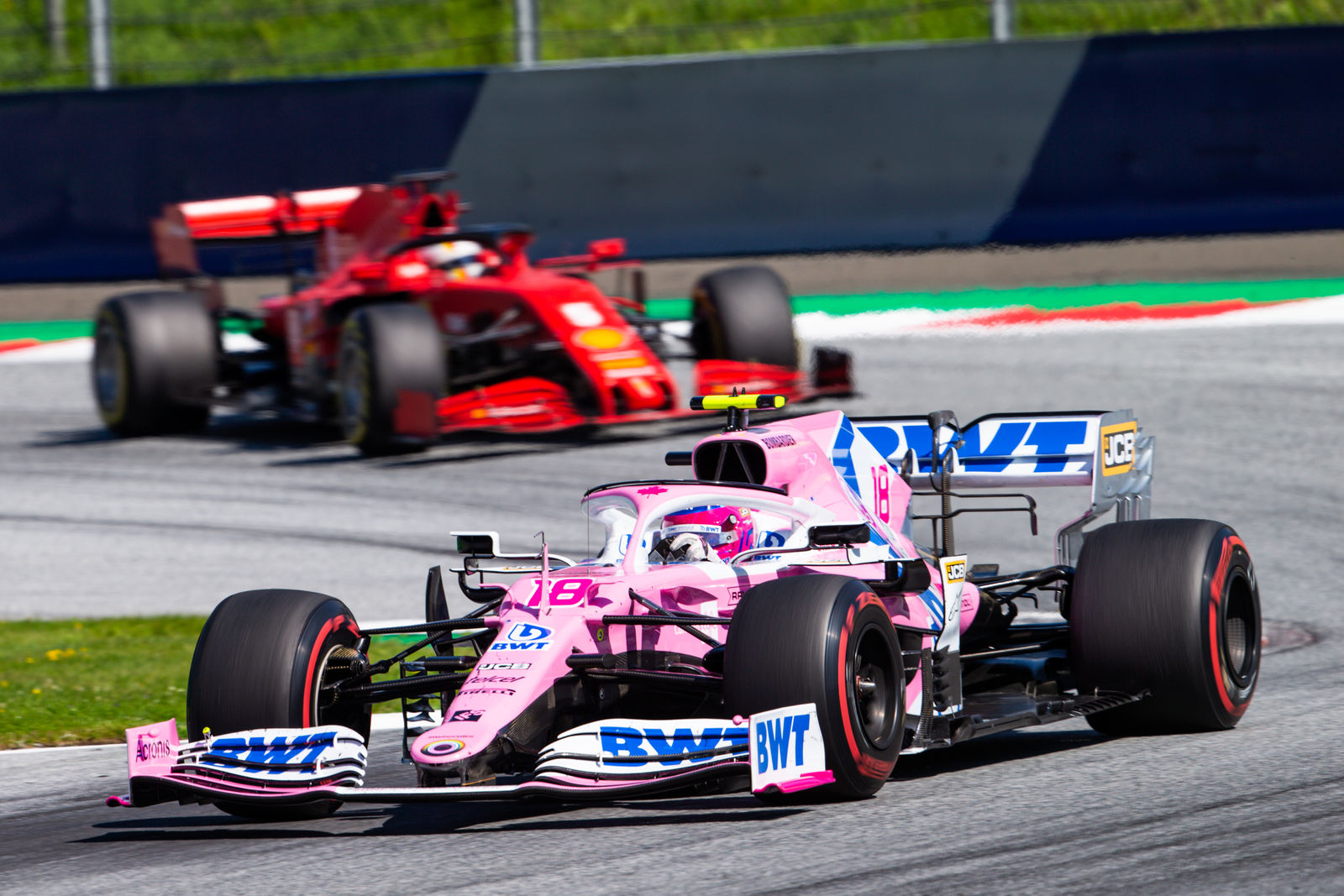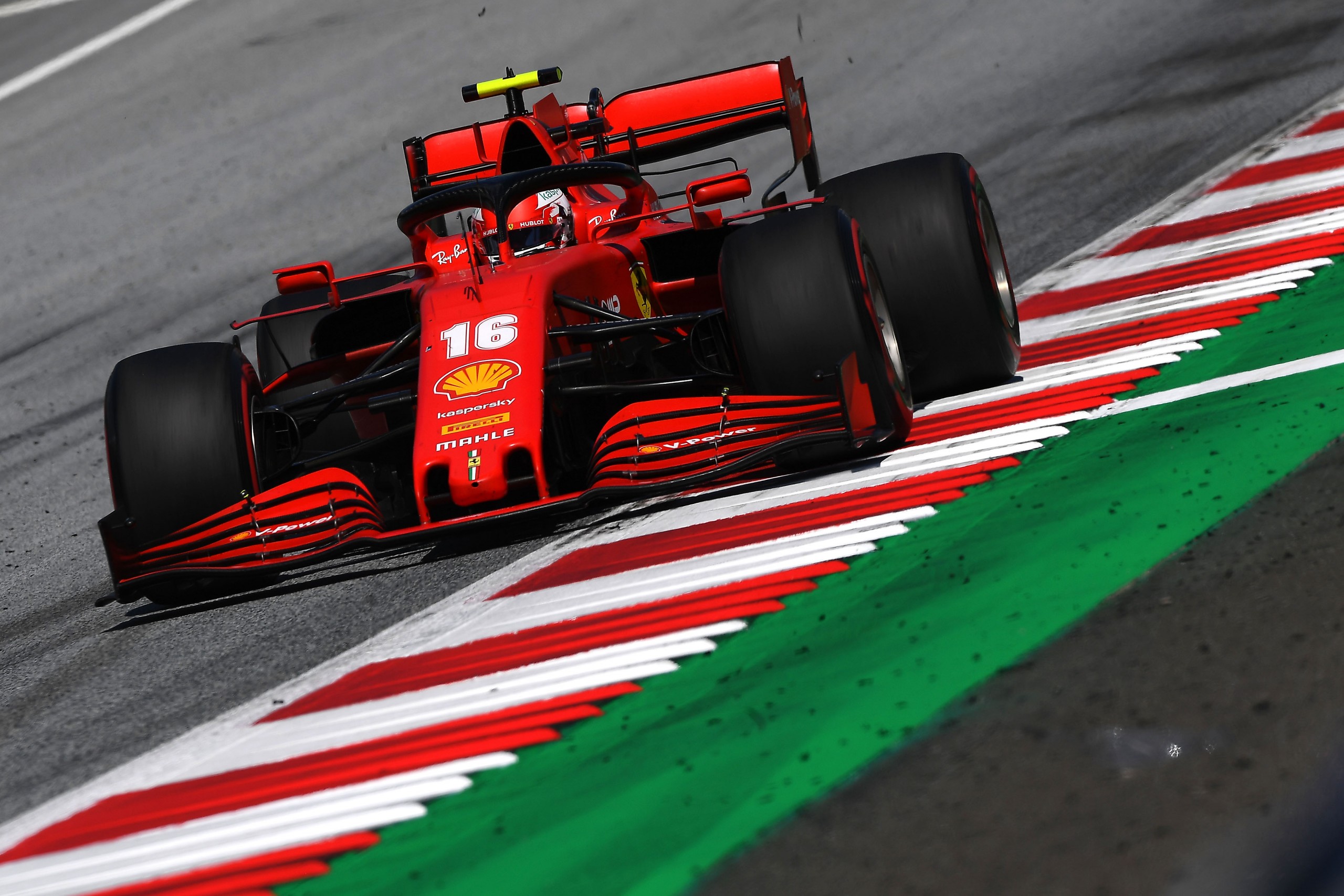After a 24-year absence, Formula One is finally about to return to Portugal this weekend, as we gear up for round 12 of the 2020 season and the first ever at the Algarve circuit.
Having visited the country 16 times in the past on world championship level, F1 will be hosted by the 4.6 kilometre circuit as part of the new circuits hurriedly introduced to fill the gaps in the staggered Formula One calendar in 2020.
As a result, you could be forgiven for suggesting that Algarve has been on of the scarce positives to come out of the Coronavirus pandemic, along with multiple new and returning tracks that have added to a thus-far vibrant season of racing.
Perhaps said vibrance does not quite apply to the 2020 drivers’ and constructors’ title battles; Mercedes’ 10 wins and Lewis Hamilton’s impressive eight can testify to that, and the same rang true after a marvellous drive from the six-time champion earned him victory at the Nurburgring a fortnight ago.
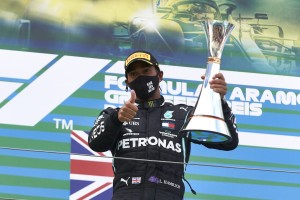
Daniel Ricciardo’s mightily impressive podium for Renault, and Max Verstappen’s second place with the fastest lap followed Valtteri Bottas’ failure to finish, with the Finn admitting over the two-week break that he “needs a miracle” if he is to mount a serious challenge to his team mate Hamilton for the drivers’ title in 2020.
Renault’s result was a further example of just how tight the midfield battle is. McLaren, Racing Point and the occasional cameo from race-winning Alpha Tauri have made for an enticing season in the midfield over the opening rounds, with Renault power finally proving itself a serious contender for the top three in the Constructors’ battle this year.
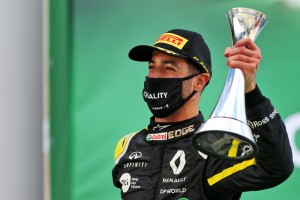
What has been curtailed, however, is the usual three-way battle between Mercedes, Red Bull and Ferrari, with the Scuderia falling massively from any sort of grace performance-wise this season. The Portimao circuit may provide some relief to their issues though. While Portimao does feature a long home straight and a couple of braking zones in the first sector, there are lots of flowing parts of the track where, technically, there will be lots for the drivers themselves to do in order to find lap time. This is particularly the case into the double-right of turns 10 and 11. This should help somewhat to mitigate the time lost down the straight with Ferrari’s shocking power deficit and seemingly woeful chassis. Bear in mind though that Mattia Binotto is confident that new upgrades the Maranello outfit have brought to the car will further improve their chances of a strong result this weekend.
Conversely, the non-Ferrari powered teams will be excited for this weekend. Getting it right through the tricky technical sections, including the deceptive final corner, as well as having some decent performance down the straight could make for some surprise qualifying results, and a fiery battle for position during the Grand Prix.
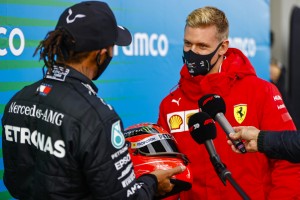
Having just equalled the once-unbeatable Michael Schumacher race-win record, the first ever championship grand Prix at Algarve may be Lewis Hamilton’s time to become the first ever 92-time winner.

